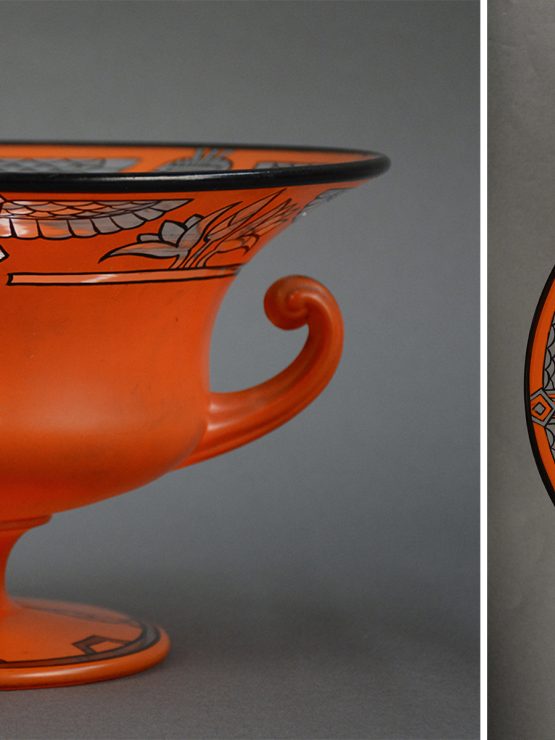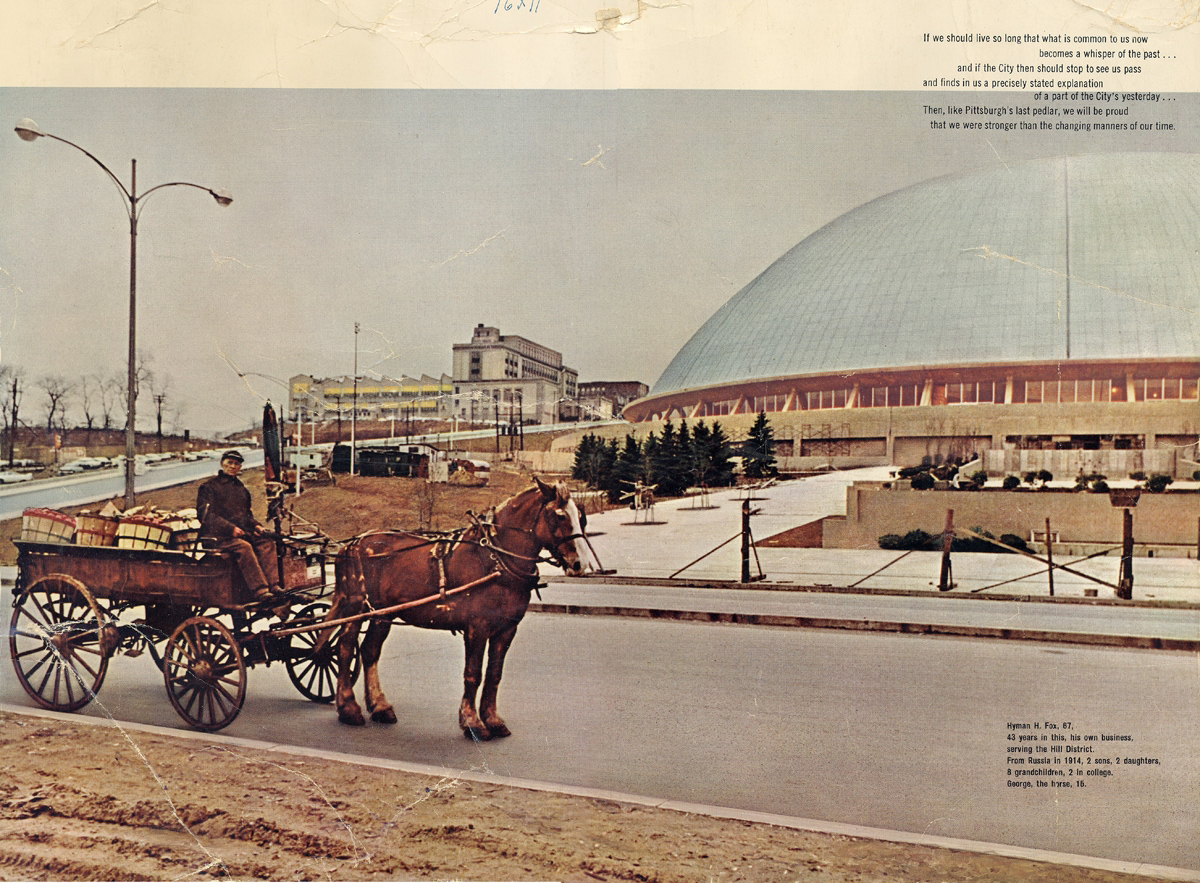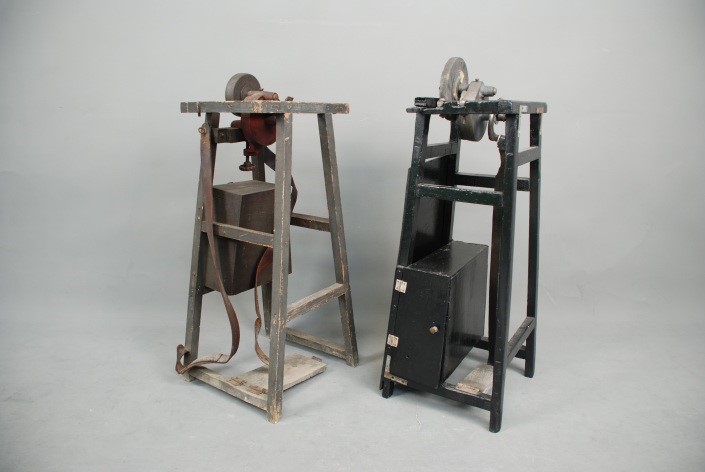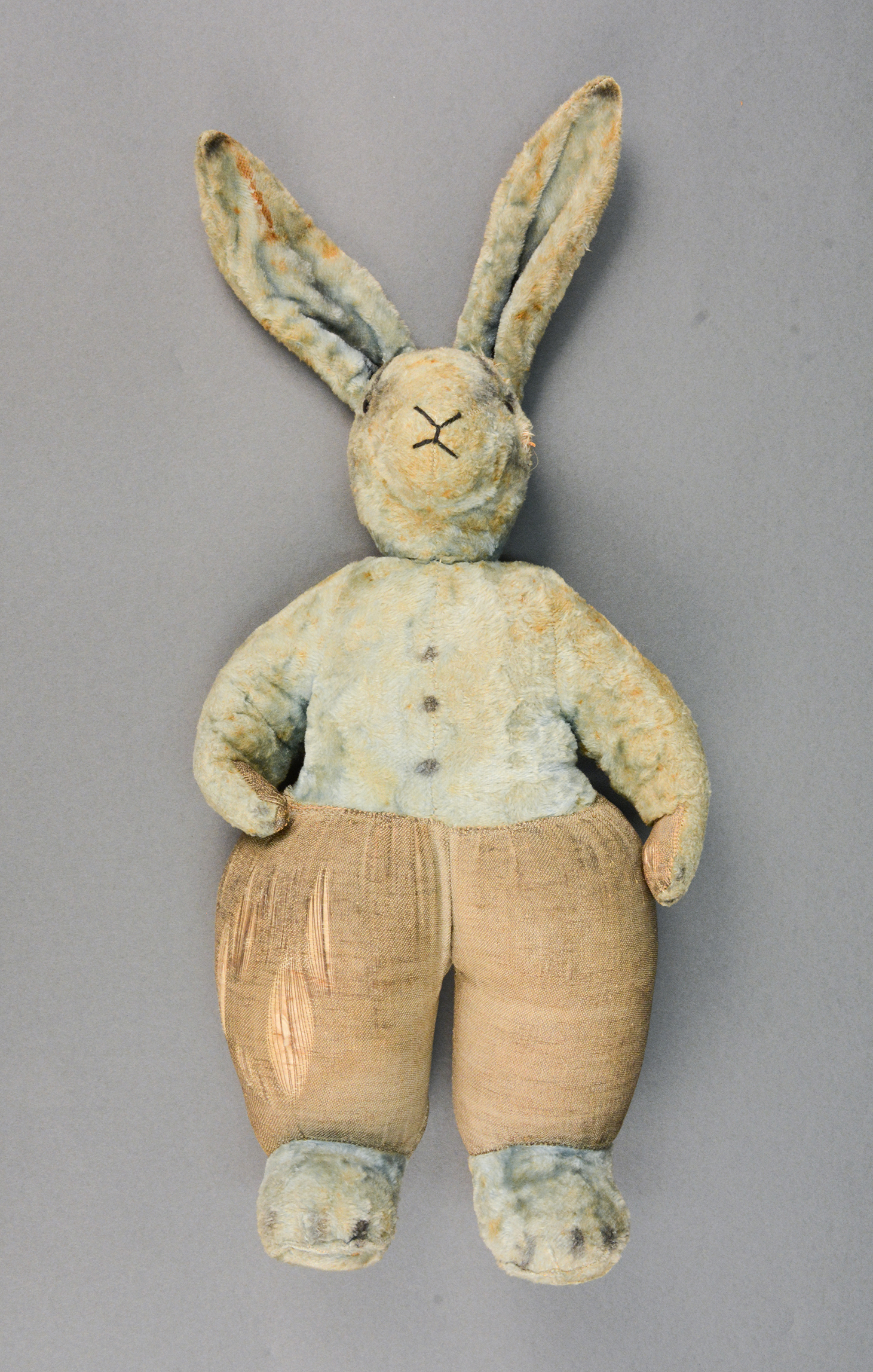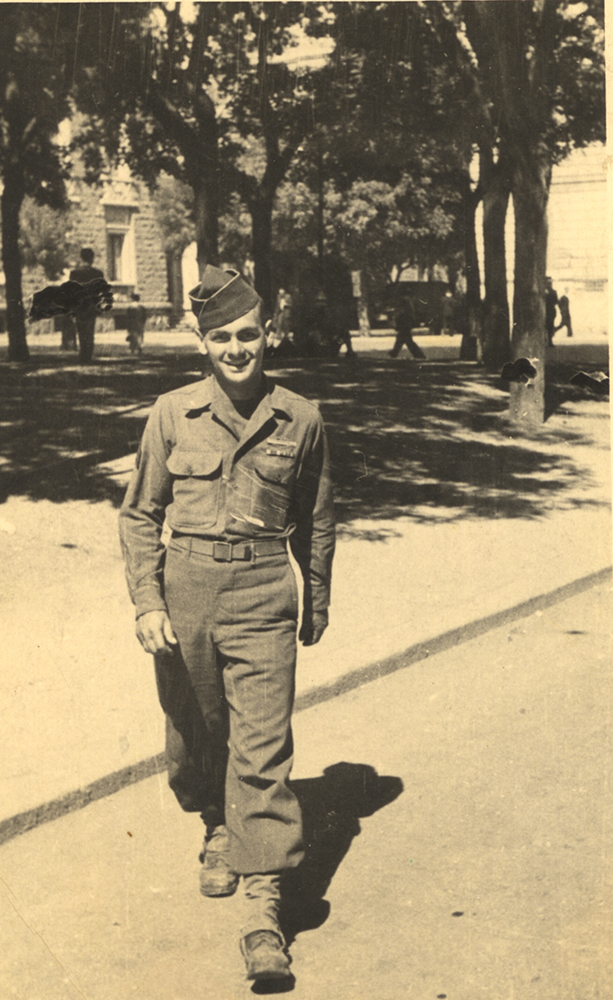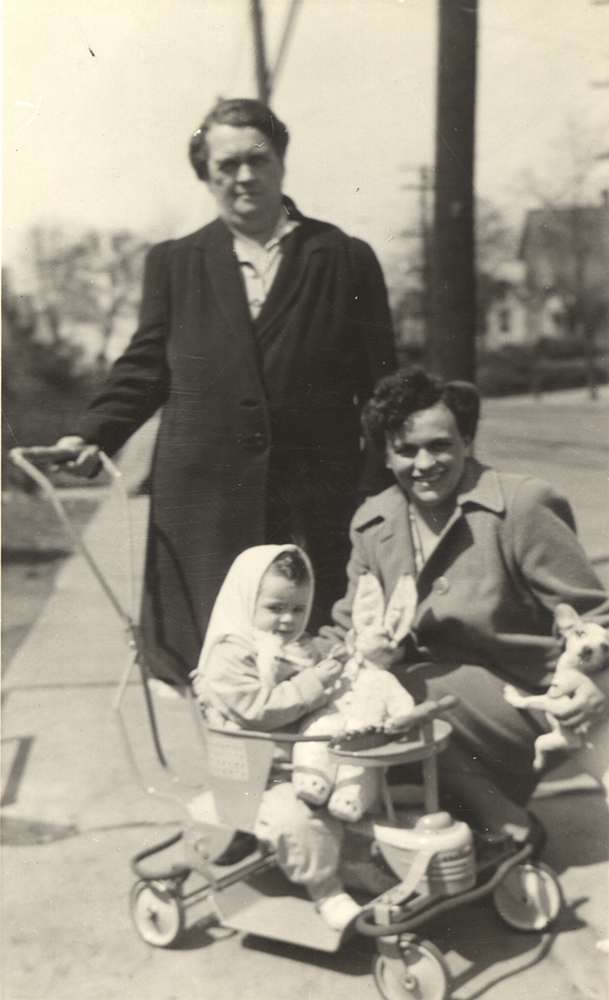In 1961, two years after “The Sound of Music” opened on Broadway and four years before the movie was released, Julie Andrews sang the song “My Favorite Things” on a Garry Moore TV holiday special. Couple that with the song’s release on The Jack Jones Christmas Album in 1964, and it became a holiday classic. (Read more via Billboard magazine.)
With that in mind, we put the question out to the History Center’s curators and archivists: What are your favorite things at the History Center? Which artifacts have captured your interest? What stories do you love to tell?
Just in time for the holiday season, we hope you enjoy this look at a few of our curators’ favorite things.
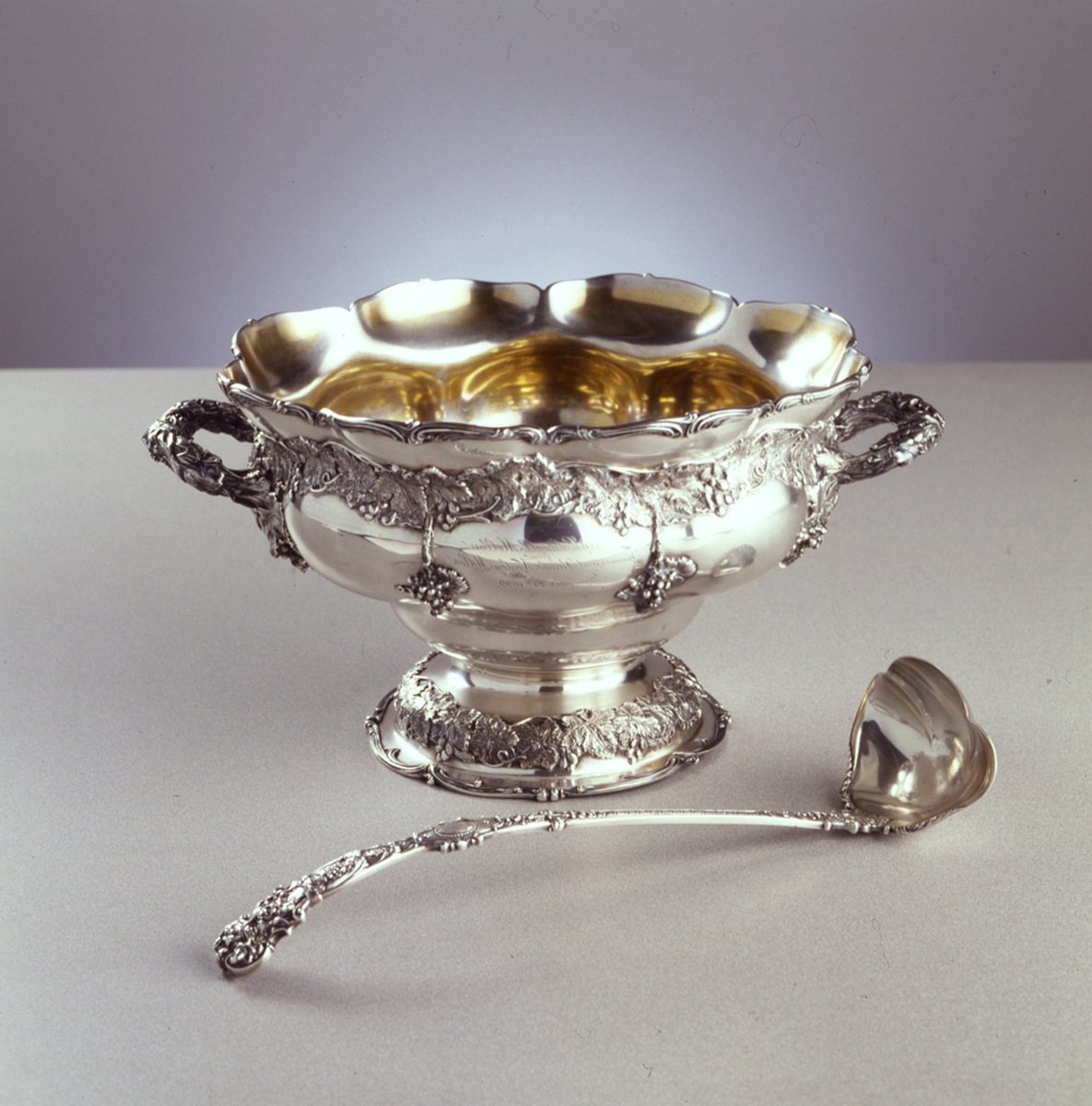
Mellon punch bowl and ladle, 1899.
This punch bowl and ladle were a Christmas gift from Judge Thomas Alexander Mellon and his wife Sarah Jane Negley Mellon to their daughter-in-law Mary C. Caldwell. She was married to their second son, Thomas Alexander Mellon II, who had died of throat cancer that same year. The pieces were inherited by Mary’s daughter, Mary Caldwell Mellon McClung, who used them every New Year’s Day to serve eggnog. They were passed down to her son Samuel McClung, who donated them in 1981.
The punch bowl is inscribed with the following: Mary Caldwell Mellon from Thomas and Sarah Negley Mellon December 25, 1899.
Courtney Keel Becraft, Collections Manager
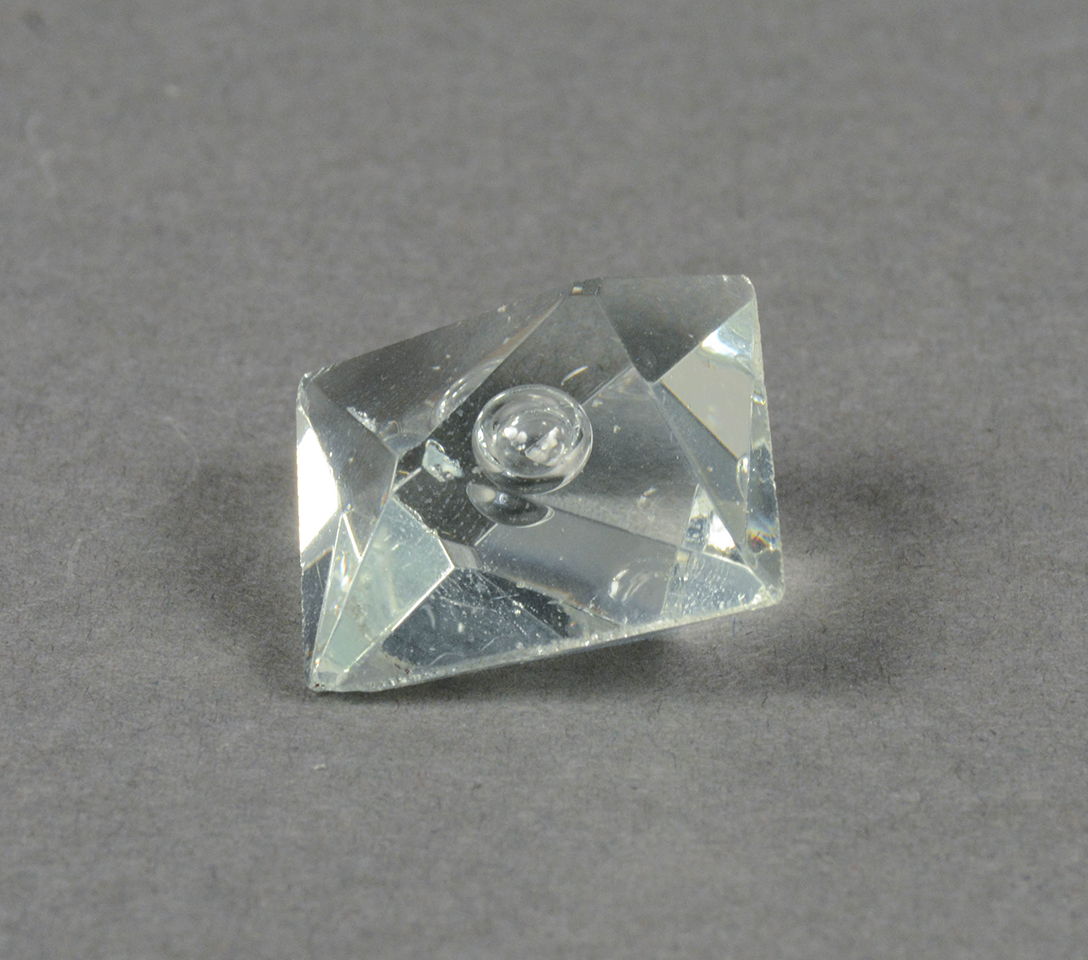
Glass prism, 1930s.
John Gugan fashioned this artful prism from a piece of discarded glass he found at work at Tygart Valley Glass Co. in Washington, Pa. He made it in the 1930s, during the depths of the Great Depression, when he had no money to buy Christmas gifts for his family. John gave the prism to his daughter Frances, who wore it on a necklace, cherishing the thoughtfulness of her Dad who had done his best to provide something special for the holiday. The prism, on display in Glass: Shattering Notions, is a tiny, but powerful reminder for me of what truly matters during the holiday season.
Anne Madarasz, Director, Curatorial Division, Chief Historian, and Director of the Western Pennsylvania Sports Museum

1840 Presidential campaign ribbon.
This was the first object I ever cataloged at the History Center! I was fresh from grad school when I began to catalog the Krasik Collection of Presidential and Pennsylvania Political Memorabilia. This is a ribbon from the 1840 Presidential campaign, where incumbent Martin van Buren ran against William Henry Harrison. Richard Johnson ran for Vice President, and Pennsylvania Governor David Porter’s name was listed on the ribbon to inspire Pennsylvania voters, even though he wasn’t running. The text at the bottom offers an interesting look at political parties in the mid-19th century, as it accuses Harrison and the rest of the Whig party of being Federalists, harkening back to John Adams’ unpopular presidency. Regardless, Harrison won the election, but died after a month in office.
Carrie Hadley, Collections Associate
Pittsburgh Press Roto photograph of Hyman Fox.
Old images resonate because they reveal the distance between the present and the past. This photograph marks two transitions. At the time it was taken in the early 1960s, the old world of the Hill District had been sacrificed to accommodate the grand ambitions of the Civic Arena. The Civic Arena has since been demolished to accommodate a new set of ambitions. If you visit this site today, all that remains is the chiseled roofline of the old Connelley Trade School on the hill.
Eric Lidji, Director, Rauh Jewish History Program & Archives
Scissor sharpeners built custom by brothers Francesco and Antonio Antonucci.
Brothers Francesco and Antonio Antonucci, Italian immigrants from Ginestra degli Schiavoni in Campania, built custom blade-grinding machines, known as an ammolaforbice in Italian, and peddled their craft service through the Pittsburgh metro area. The brothers got the idea to style the blade-grinders like a backpack in St. Louis from another immigrant in their boarding house. They relocated to Pittsburgh in 1917 and settled on Larimer Avenue. For three decades, they travelled on streetcars with their grinding machines to the different neighborhoods and boroughs of Pittsburgh, covering a 50-mile radius, and walked the streets day after day, ringing a hand bell to notify potential customers.
Melissa Marinaro, Director, Italian American Program
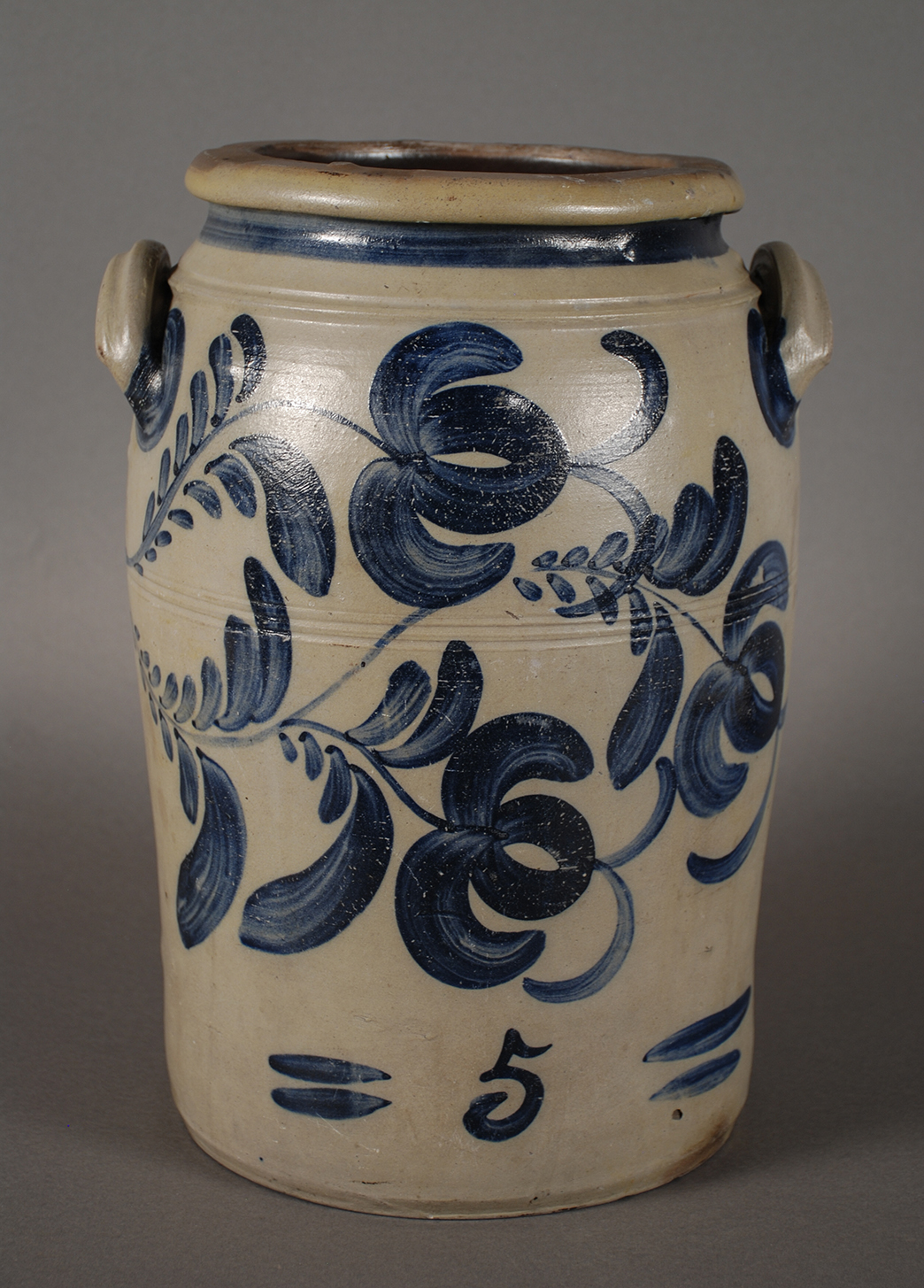
Stoneware jar, c. 1860.
This stoneware jug, on display in the Special Collections Gallery, became one of my favorite things the moment I laid eyes on it. I went to the donor’s house to pick up her donation of 22 stoneware pottery pieces, and this one took my breath away! I love that the artist graced this utilitarian object with beautiful cobalt blue freehand decoration and even hand painted the gallon capacity at the bottom: “5.” I had the privilege of packing, transporting, photographing, cataloging, and exhibiting this jar and the rest of the donor’s collection, and I feel like I’ve become a part of this object’s history.
Nicole Lauletta, Registrar
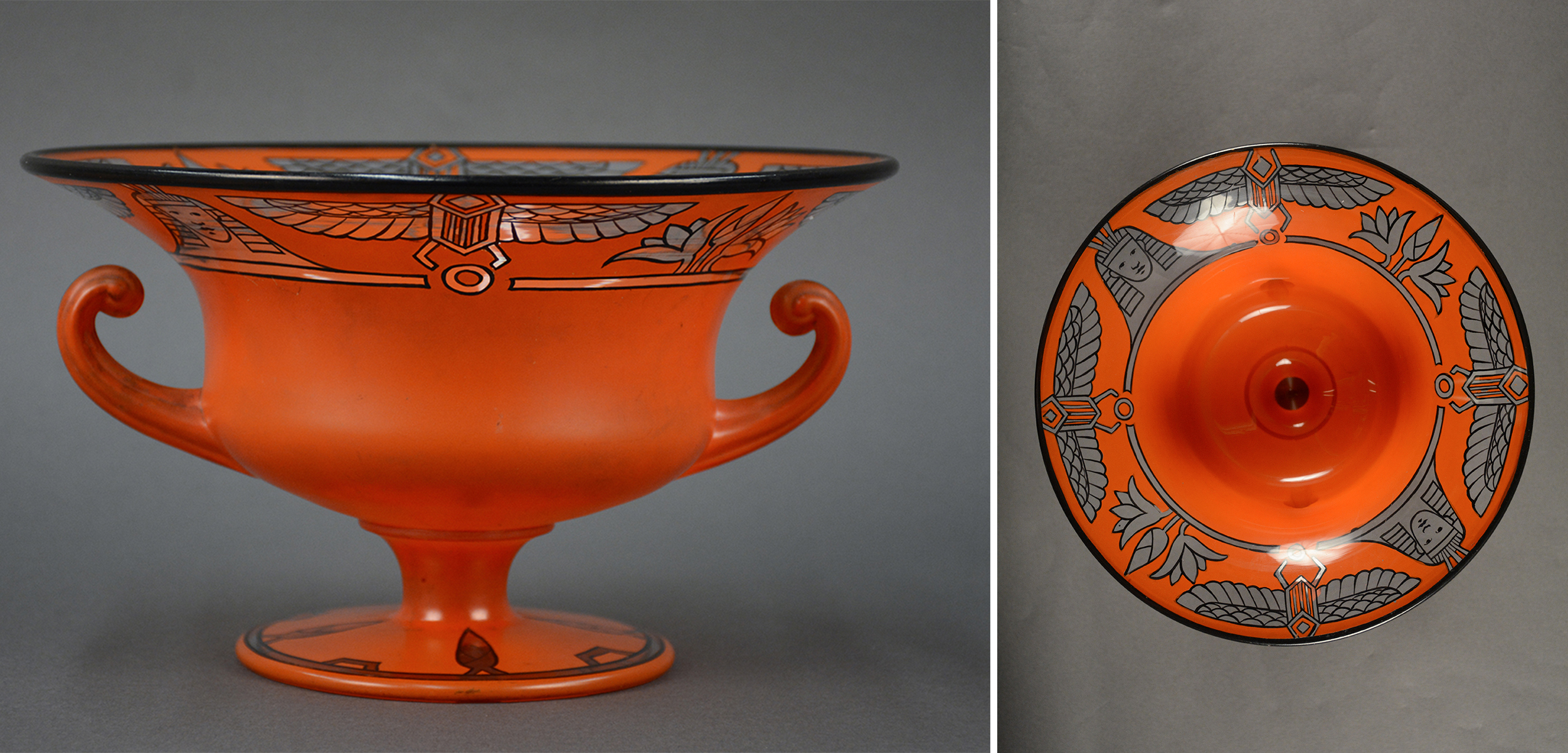
Egyptian Revival compote, c. 1924.
This compote, on display in Glass: Shattering Notions, visually appeals to me because of its bright color and geometric Egyptian motif. Egyptian Revival style decorative arts enjoyed tremendous popularity following the discovery of King Tutankahmen’s tomb by Howard Carter in 1922. I was fortunate enough to visit Cairo, Giza, and Alexandria on a trip I took while in college at Pitt, and this object reminds me of the incredible art that I saw there. It was surprising to see how much colorful paint was still on many reliefs and sculptures thousands of years later.
Liz Simpson, Assistant Editor and Assistant Registrar
Plush Rabbit toy, c. 1944-1945.
This rabbit was a gift to the donor from her Uncle Clarence Brehl, a Washington County native who served in Europe during WWII and was involved with the liberation of the Dachau concentration camp. Clarence sent the rabbit home as a gift to Theresa, and a photo in the archives shows the little girl with her fluffy new rabbit around 1944. It was clearly much loved for years after that. Today, it reminds us of all the U.S. military personnel stationed away from family and friends this holiday season.
Leslie Przybylek, Senior Curator
Sarah Reck is the senior digital marketing manager at the History Center.
